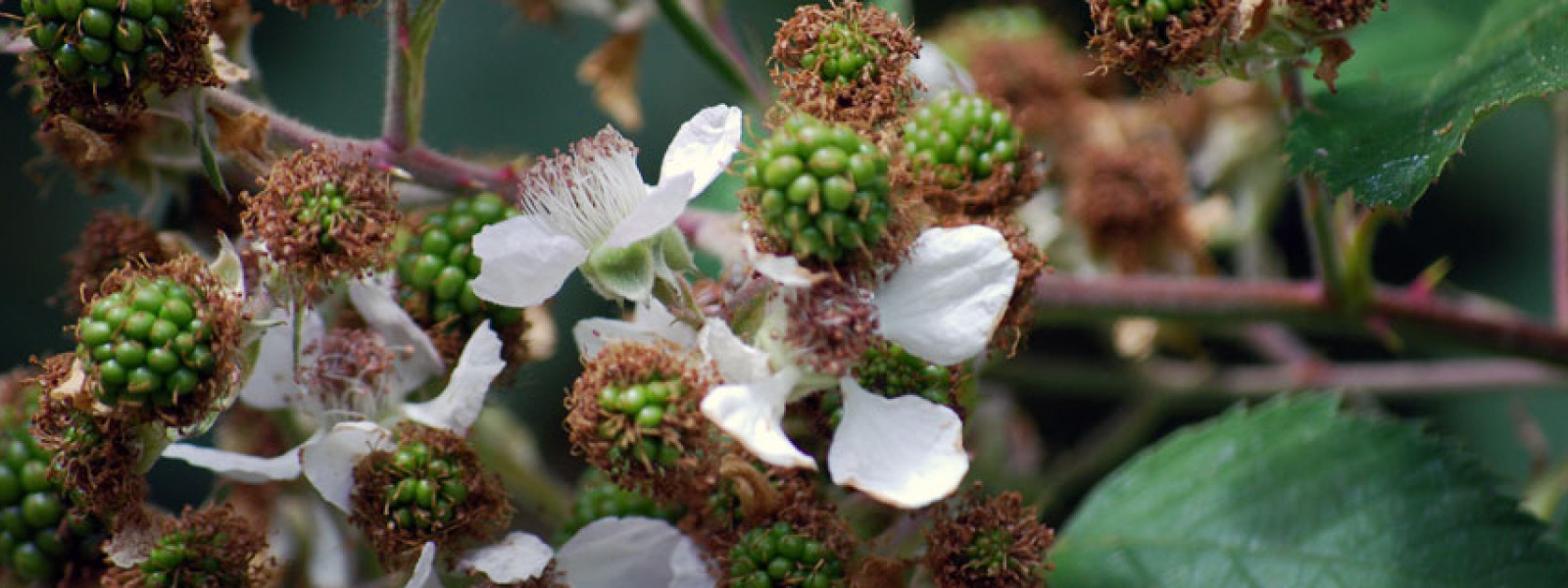
Invasive weeds within the 4-County region vary in abundance, distribution, and impact. Priority weed coordination identifies invasive plants that are harmful to humans, the environment, or the economy. Once a species has been identified, a coordinated response is initiated to assist with control.
After prevention, priority weed coordination is the most successful, cost effective, and least environmentally harmful way to control invasive species. We contribute to this effort through collecting and sharing up-to-date invasive species data.